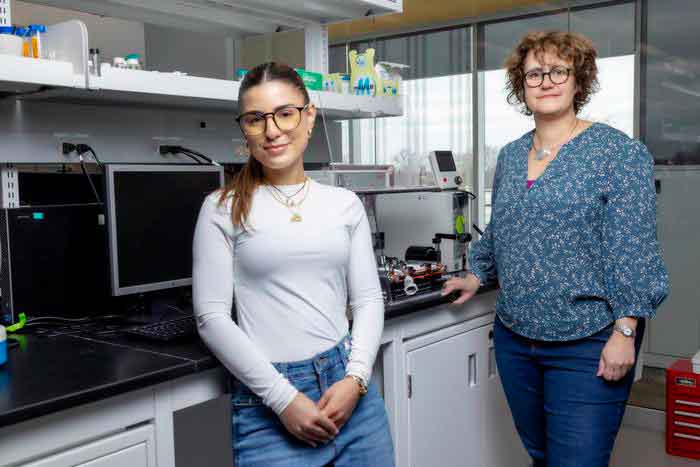Presentations highlighted new opportunities to accelerate harm reduction, including those involving genomics and artificial intelligence.Read More
The unit will perform research, outreach and education on harm reduction in the Asia-Pacific region.Read More
Remarkably, in the cases cited the actual levels were lower than those declared. Read More
The importance of literature reviews in support of tobacco harm reduction, according to Broughton.Read More
As a member, the company says it will prioritize addressing misinformation about vaping. Read More
Testing and toxicology of heated-tobacco productsRead More
The conference will take place in Edinburgh, Scotland, Oct. 13–17. Read More
Critics warn against acceptance of tobacco funding and dissemination of findings. Read More
“Scary headlines” could prompt smokers to stick with cigarettes, says Marina Murphy.Read More
Vitamin E binds to the pulmonary surfactant, inhibiting gas exchange, say researchers.Read More
Recent Posts
- U.S. Authorities Seize $76 Million in Illegal Vapes
- ITGA Concludes Annual Meeting
- Third-Quarter Revenues up at PMI
- Morocco Expects Surge in Tobacco Revenues
- Illicit Smokes Top 10 Percent in Cyprus
- UK Urged to Drop Proposed Vape Tax Hike
- Philippine Raids Net Multiple Illicit Vape Sellers
- Vaping Under Control
- Vietnam: Tobacco Damage Outweighs Earnings
- Philippines to Miss Tobacco Tax Goal
- Austin Smokers Invited to Join IQOS Wait List
- Tobacco Industry Nears Settlement of Litigation
- Elfbar and Lost Mary Create Advisory Board
- U.K. Urged to Invest in Smoke-free Future
- Industry Group Files Amicus Brief in Triton Case











